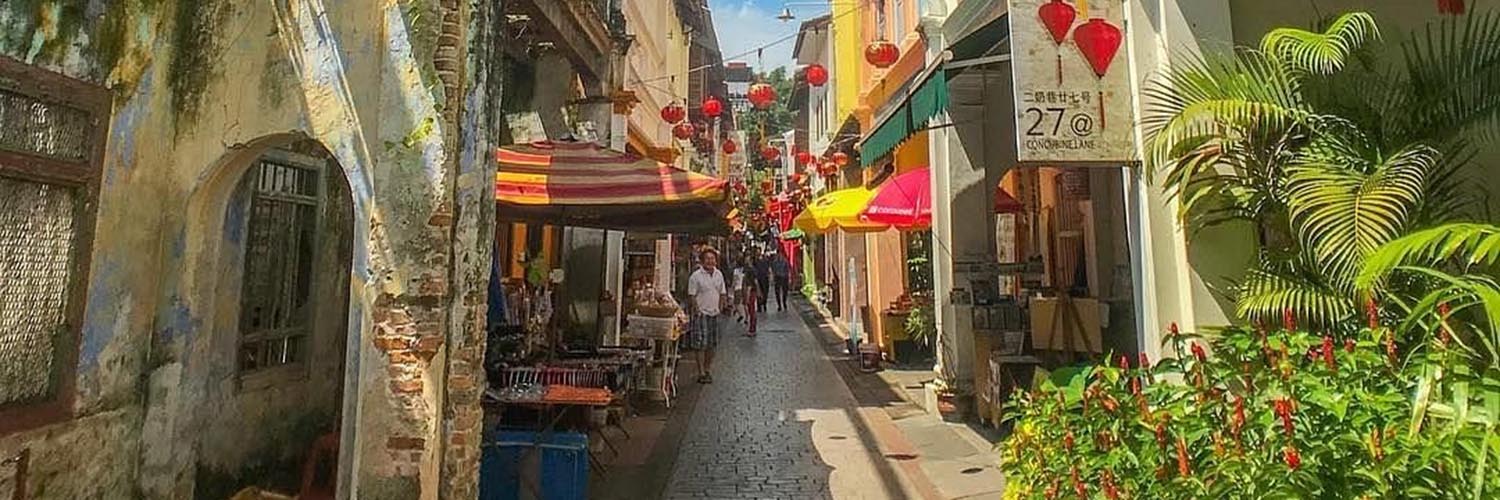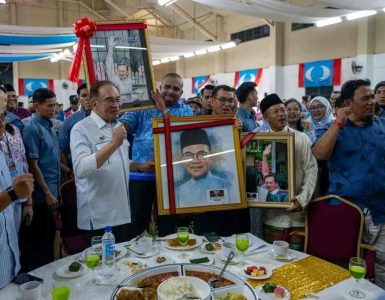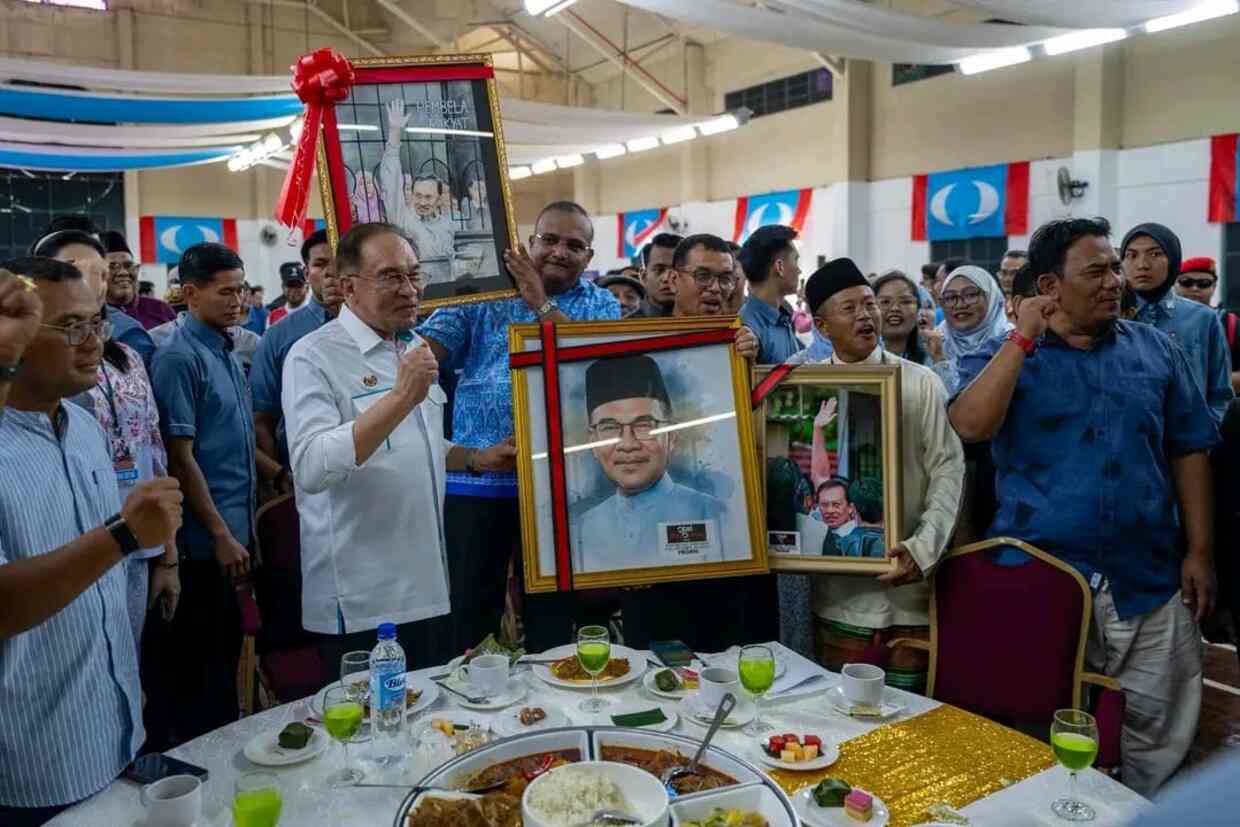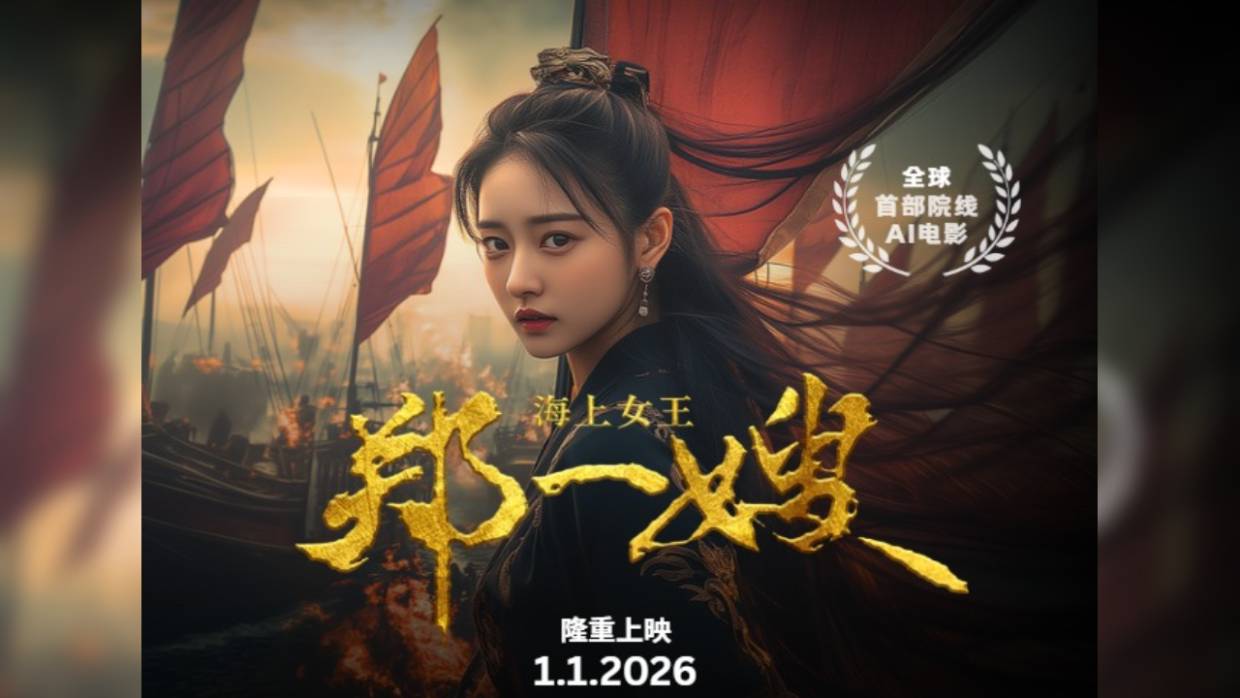
Concubine Lane is one of the most visited locations in Ipoh, bustling with cafes, pop-up stalls, souvenir shops, and dessert houses.
The lane has an interesting history of more than 120 years and reflects Ipoh’s hay days, particularly during the era of successful tin mining development.
Today, the quaint old corner in Ipoh transforms during the holiday season, jampacked with visitors.
The lane is a paradise for Instagram bloggers, photographers, and even the general wanderer.
The history behind Concubine Lane
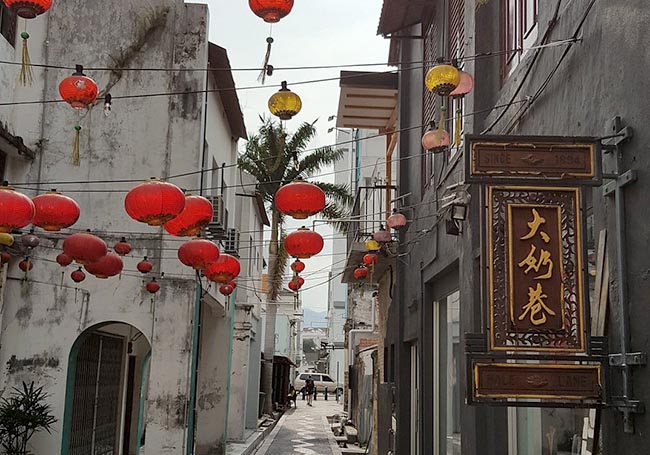
Many visitors are unaware that the area has three separate lanes, namely the Wife Lane, now known as Lorong Hale, the Concubine Lane, known as Lorong Panglima and the Second Concubine Lane, known as Market Lane.
Chinese mining tycoon Yau Tet Shin, born in 1859, had three wives and fourteen sons. His residence was the current Perak State Health Department building at Jalan Koo Chong Kong.
He rose from being a mining coolie to a towkay and looked up as the community leader.
In 1891, he obtained the rights from Dato Panglima Kinta Muhammad Yusuff to build a theatre on Leech Street, now known as Jalan Bandar Timah.
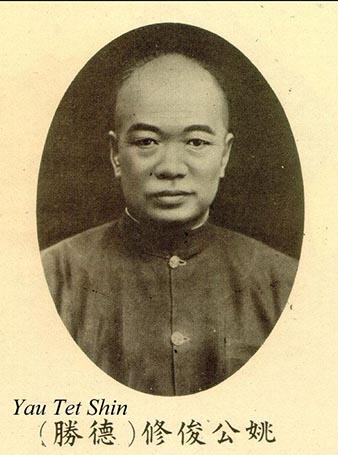
According to the local history, in 1892 Yau Tet Shin rebuilt the entire area right after the great fire razed down the town destroying 123 houses.
The fire gave an opportunity for the town planners to rebuild the Ipoh town in an orderly grid pattern.
Yau built some shophouses along Panglima Lane, as the theatre had made the surrounding land valuable.
History has it that he then gave these three streets to his three wives and even gave them the rights to collect the rental payments from the residents.
However, there are rumours that these streets were where rich folks hid their mistress, hence the name Concubine Lane.
Ipoh’s tourist haunt
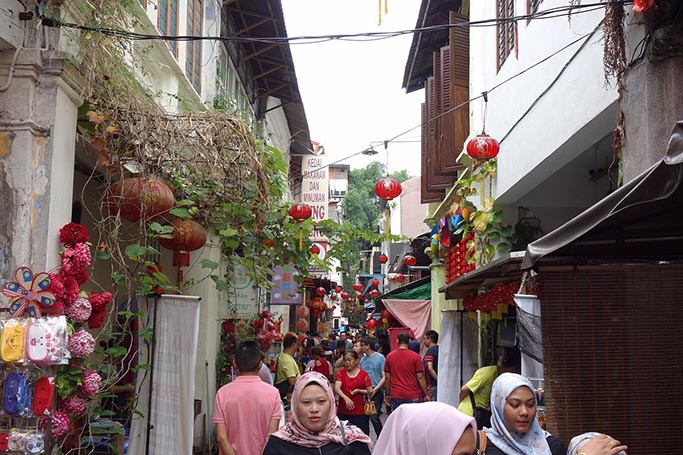
Ipoh maintains historical significance that represents its identity as anold town.
The physical heritage elements around the Concubine lane within its historic area remain intact.
The Ipoh Local Plan 2020 and the National Heritage Act acknowledged 14 buildings and monuments out of 1,540 as significant heritage buildings.
The Concubine Lane is the busiest among the three lanes today, with shops, restaurants and a boutique hotel.
The lane gets crowded on weekends with all the shops open, jampacked with locals and tourists.
The long queue at the Concubine Lane Tau Fu Fa never ends on weekends.
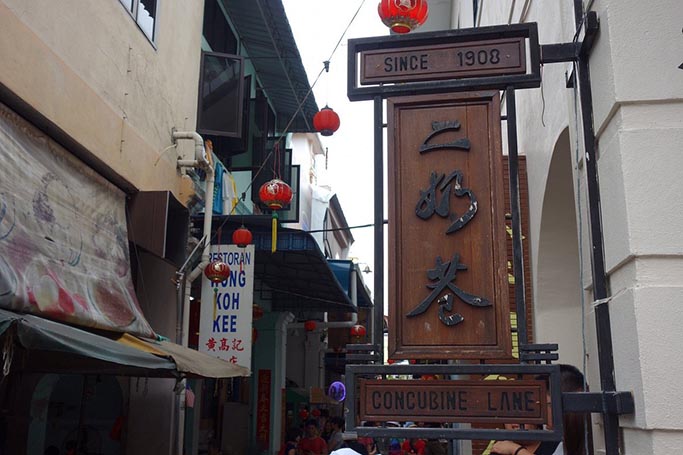
Apart from that, Platform 9 & ½ cafe is worth the visit. It is a Harry Potter-themed cafe famous for homemade butter brew, Italy coffee bean, Coco and Frape. The cafe also provides Hogwarts-themed outfits for the photo opportunity.
Another attraction on this lane is the Time Tunnel museum, where visitors can see mock-ups of a kampung house interior, barbershops, and a Kopitiam back in the 20th century.
Meanwhile, the Second Concubine Lane does not have many shops. However, the red and white umbrellas hovering overhead along the street make it an Instagrammable location.
There are a few murals on this street. The most recognisable is the mural created by Ernest Zacharevic, with half a real-life tricycle as part of the mural.
Finally, Wife Lane has nothing much to be seen as it is unexpectedly short and desolated.


